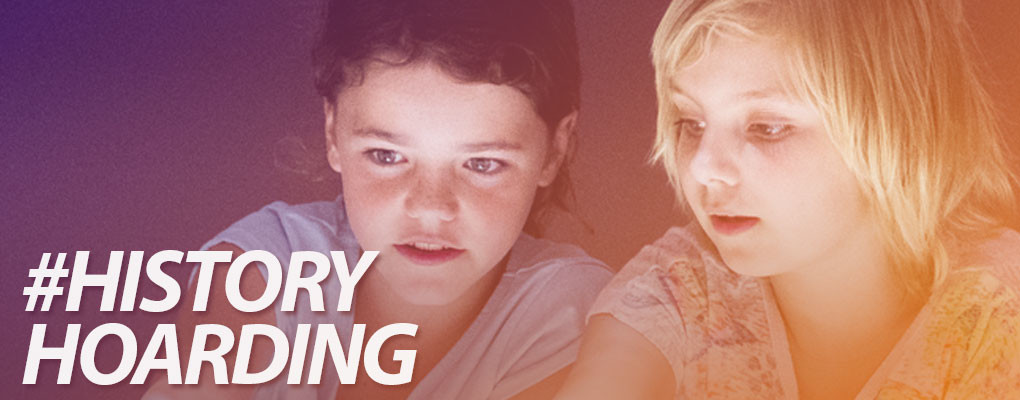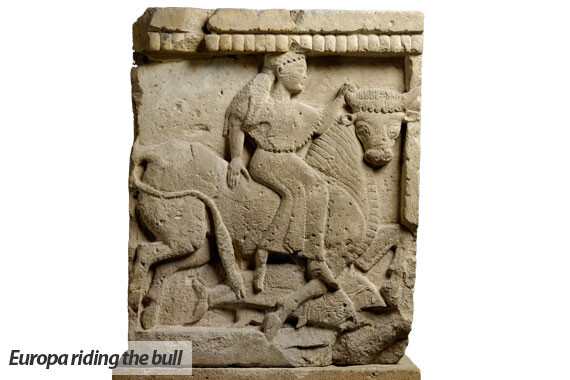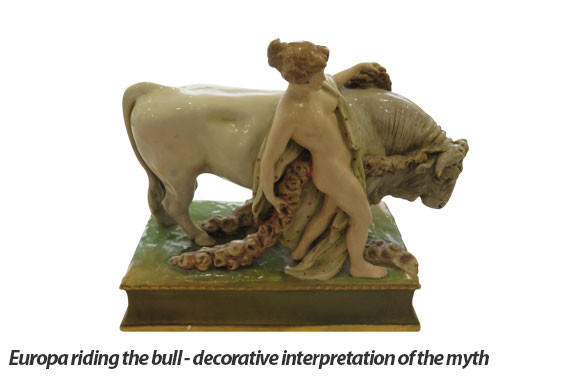
Destination: Phoenicia – a long, long time ago - let’s go for a swim!
Today, we invite you for a swim in the Mediterranean sea with Princess Europa and Zeus, in the shape of a white bull!
The Princess got attracted by this beautiful bull and climbed on his back. Zeus jumped in the sea to bring her to Crete.
Activity:
- Step 1. Ask everyone present the following two questions: What is the animal you trust most? What is an animal you don’t trust?
- Step 2. Take a piece of paper and divide it into two. Draw on the left the animal you trust. Draw on the right the animal you don’t trust.
- Step 3. Now design a frame around the animals. Create a frame for the animal you trust and a different frame for the animal you don’t trust. Why did you pick these frames?
- Step 4. Share all the images with us!
Background story
The story of Europa and Cadmus is found in Greek mythology. They were the children of the king of a land called Phoenicia, which is modern day Lebanon. The God Zeus fell in love with Europa and wanted to take her away from her family to live with him. One day while Europa was wandering amongst her father’s herds of cattle she saw a white bull. She was not aware that Zeus had turned himself into the bull in order to trick her. After she climbed on his back he quickly jumped into the sea and carried her away from her homeland. Europa’s father was heartbroken and sent her brother Cadmus to find her and bring her home. Cadmus sailed over the sea and eventually arrived in Greece. He never did find his sister but it was Cadmus who brought the alphabet to the Greeks. The continent of Europe got its name from the princess Europa.
Explore the story more at these links:
https://www.namuseum.gr/en/hidden_museum/quot-the-mirror-of-europe-quot/
https://www.metmuseum.org/art/collection/search/194007
Objects
- Object 1: Europa riding the bull
- Europa riding the bull, From temple Y, Selinunte, Sicily, ca. 580-560 BCE Museo Archeologico Regionale Antonio Salinas, Palermo, Italy
- Object 2: Europa riding the bull
- Decorative interpretation of the myth, Teplice, Bohemia, 1903–1910, Porcelain Collection Alain Roba, Brussels, Belgium

